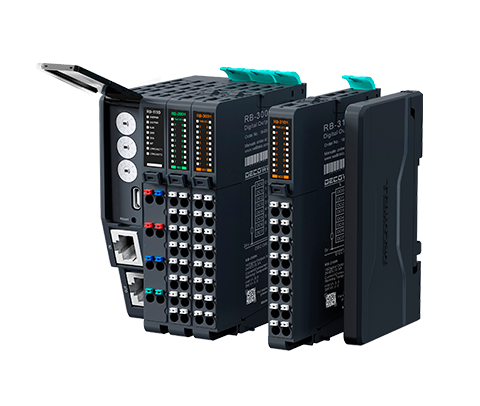In today’s tech-driven society, let’s face it—missing out on effective connectivity can throw a wrench into everything. Ever faced recurring data loss or sluggish data transfer? It’s frustrating, right? A reliable io expander could be your golden ticket to smooth operating systems. These devices play an essential role in connecting multiple peripherals, ensuring your system runs like a well-oiled machine.

The Flaws of Traditional Solutions
Look, traditional methods like using discrete chips can quickly become a tangled mess—too many chips crammed together with limited functionality. They’re often complicated to design, leading to inefficiencies. Why do failures always occur during high-load situations? Simply put—these outdated methods were not designed for today’s demanding environments, which often result in massive bottlenecks.
Principles of New Technology
Now, let’s talk about the rise of the io expander. This nifty device serves as a bridge between the microcontroller and multiple input/output devices, all while using fewer resources. It’s simpler than you think! They operate on the principles of efficient data management, allowing for bi-directional communication and better resource allocation—all key for meeting today’s technological needs.

Quantifying User Benefits
So why bother with the latest technology? Users have reported up to a 50% increase in data transfer speed after switching to the io expander. That allows engineers to focus on innovation rather than the headaches of poor connectivity—now who wouldn’t want that? Not to mention the cost-effectiveness and reduced power consumption compared to older methods.
Conclusion: Make Informed Choices
In summary, always verify these 3 metrics when choosing solutions: ① Compatibility with existing systems ② Performance metrics under high load ③ Long-term reliability. With the changing face of technology, having an effective io expander can redefine operational performance.
Digital Extension Module: The Future of Connectivity
In the realm of modern electronics, incorporating a digital extension module becomes vital for seamless integration. Think about it—how beneficial would it be to extend the reach of core functionalities without undergoing complex rewiring? These modules augment existing capabilities and ensure your system adapts dynamically to new requirements. By providing flexible connectivity options, they pave the way for innovative applications in various domains, such as IoT and edge computing.
Understanding the Analog IO Expander
Another essential component in the connectivity fabric is the analog io expander. This device enhances the overall functionality of your system by expanding analog inputs and outputs, facilitating smoother interactions with sensors and actuators. It simplifies complex tasks and elevates efficiency—think about how much easier it can make your prototype development cycles or existing system upgrades. The use of analog technology also lends itself well to applications requiring high fidelity—something you can’t overlook!
In conclusion, expanding your knowledge of io expanders, whether digital or analog, opens up a treasure trove of opportunities for improving tech systems. Companies like DECOWELL specialize in manufacturing these invaluable devices and hold significant supply advantages. Their commitment to quality simplifies the often bewildering selection process, enabling easier paths toward innovation.
